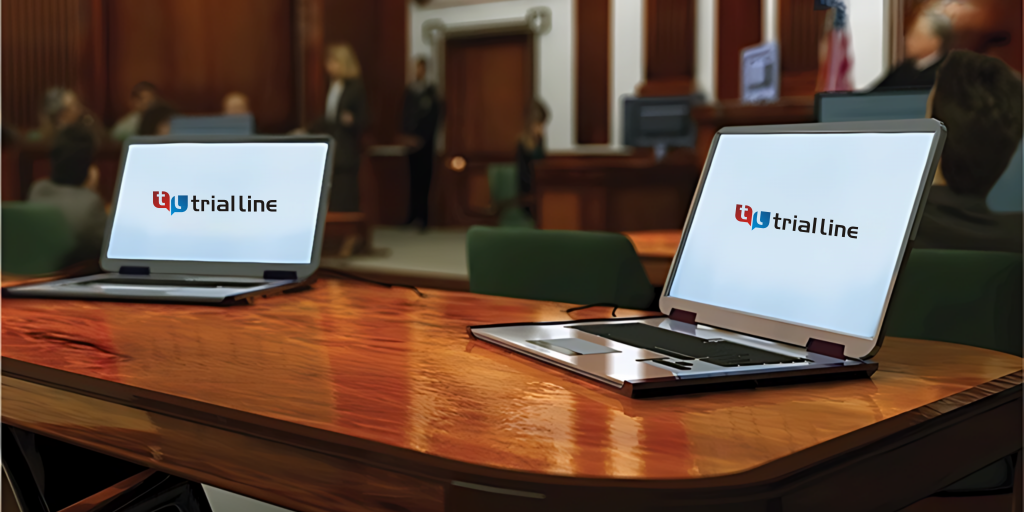The Role of Trial Presentations in Creating Effective Closing Arguments
The Role of Trial Presentations in Creating Effective Closing Arguments
Blog Article
The Power of Visuals in Trial Presentations for a Winning Disagreement
The assimilation of visuals in test discussions has emerged as an important variable in properly interacting intricate debates to jurors. By utilizing numerous kinds of aesthetic aids-- be it diagrams, photos, or computer animations-- lawyers can enhance understanding and retention, eventually shaping the jury's assumption of the situation.
Significance of Visuals in Trials
In several lawful setups, visuals play an essential role in boosting the effectiveness of trial discussions. The assimilation of visual components can considerably influence jurors' understanding and retention of complicated details, consequently forming their assumptions and choices. Visuals, such as charts, layouts, and photographs, can simplify elaborate stories, making them more easily accessible and compelling.
Additionally, the human mind procedures aesthetic details extra efficiently than text, which emphasizes the importance of integrating visuals into lawful disagreements. By translating dense legal principles right into visual formats, lawyers can facilitate clearer interaction, making certain that bottom lines are not ignored throughout trials.
In addition, visuals offer to involve jurors on a psychological level, fostering a link to the situation that words alone might fall short to accomplish. The strategic usage of visuals can stimulate empathy, motivating jurors to take into consideration the human elements of the instance.
Eventually, the relevance of visuals in trials exists in their capacity to enhance clearness, enhance juror involvement, and strengthen the narrative being offered. This powerful combination is vital for crafting convincing arguments that reverberate with jurors and affect the result of lawful procedures.
Sorts Of Visuals to Utilize
Reliable test discussions can greatly gain from a variety of visual tools that accommodate different aspects of the instance. trial presentations. Using layouts and charts can efficiently break down intricate information, making it extra digestible for jurors. For example, flowcharts can highlight the series of events, while bar chart might succinctly compare appropriate information factors.

Animations and simulations can additionally play an essential duty, especially in instances involving technological information or detailed situations. These visuals can dynamically represent procedures or activities, giving quality and engagement that static images might not accomplish.
Furthermore, infographics integrate text and visuals to summarize vital info successfully. They can provide timelines, data, and considerable case points in an aesthetically attractive manner, making it less complicated for jurors to follow the debate.
Enhancing Comprehension and Retention

Enhancing comprehension and retention during trial presentations is crucial for making certain that jurors comprehend the crucial elements of a case. Aesthetic help function as powerful tools in this respect, translating complicated information right into quickly absorbable formats. By using charts, layouts, and infographics, attorneys can streamline elaborate data and emphasize bottom lines that may otherwise be overlooked.
Research studies have revealed that people retain details considerably better when it is provided visually. This is particularly relevant in a trial setting, where jurors might be bewildered by the volume of evidence and testament. By purposefully including visuals, attorneys can guide jurors' focus to one of the most essential aspects of the instance, strengthening their understanding and memory of the material presented.

Producing Involving Presentations
Exciting jurors' attention during trial discussions is vital for look here communicating an engaging story. Engaging presentations take advantage of visual aspects to create a memorable experience that resonates with jurors. The tactical use of graphics, computer animations, and video clips can illuminate intricate info, making it extra available and relatable.

Additionally, including storytelling methods can enhance interaction. Offering evidence in a rational sequence that constructs sob story permits jurors to connect with the product on a personal degree. Diverse presentation formats, such as including brief video or interactive aspects, can also endure rate of interest and focus throughout the trial.
Ultimately, an interesting discussion fosters an visit extra extensive understanding of the instance, allowing jurors to much better value the disagreements being provided why not look here and bring about an extra positive result.
Study and Success Stories
Various study highlight the substantial impact of visuals in test presentations, demonstrating their ability to influence juror perceptions and ultimately the results of instances. A noteworthy instance entailing a personal injury claim showed how the use of a 3D computer animation of the mishap scene made clear complex information. Jurors reported really feeling even more educated and understanding, substantially swaying their decision in favor of the plaintiff.
In another circumstances, a corporate lawsuits case used infographics to existing monetary data and timelines, making detailed information accessible. The graph made it possible for jurors to comprehend the nuances of the situation better than spoken descriptions alone. trial presentations. As an outcome, the court returned a judgment that surpassed the client's expectations
Moreover, a criminal defense situation used photographs and video clip evidence to establish an alibi. The compelling visuals not just helped in producing doubt however also resonated mentally with jurors, causing a pardon. These success tales emphasize the need of integrating visuals right into test presentations, as they boost understanding, retention, and ultimately, the influential power of lawful disagreements. The tactical use visuals is undeniably changing the landscape of trial campaigning for.
Verdict
In final thought, the calculated consolidation of visuals in trial presentations significantly improves jurors' understanding and retention of complex details. Involving discussions, sustained by engaging situation research studies, demonstrate the extensive influence that visuals can have on convincing interaction.
Report this page